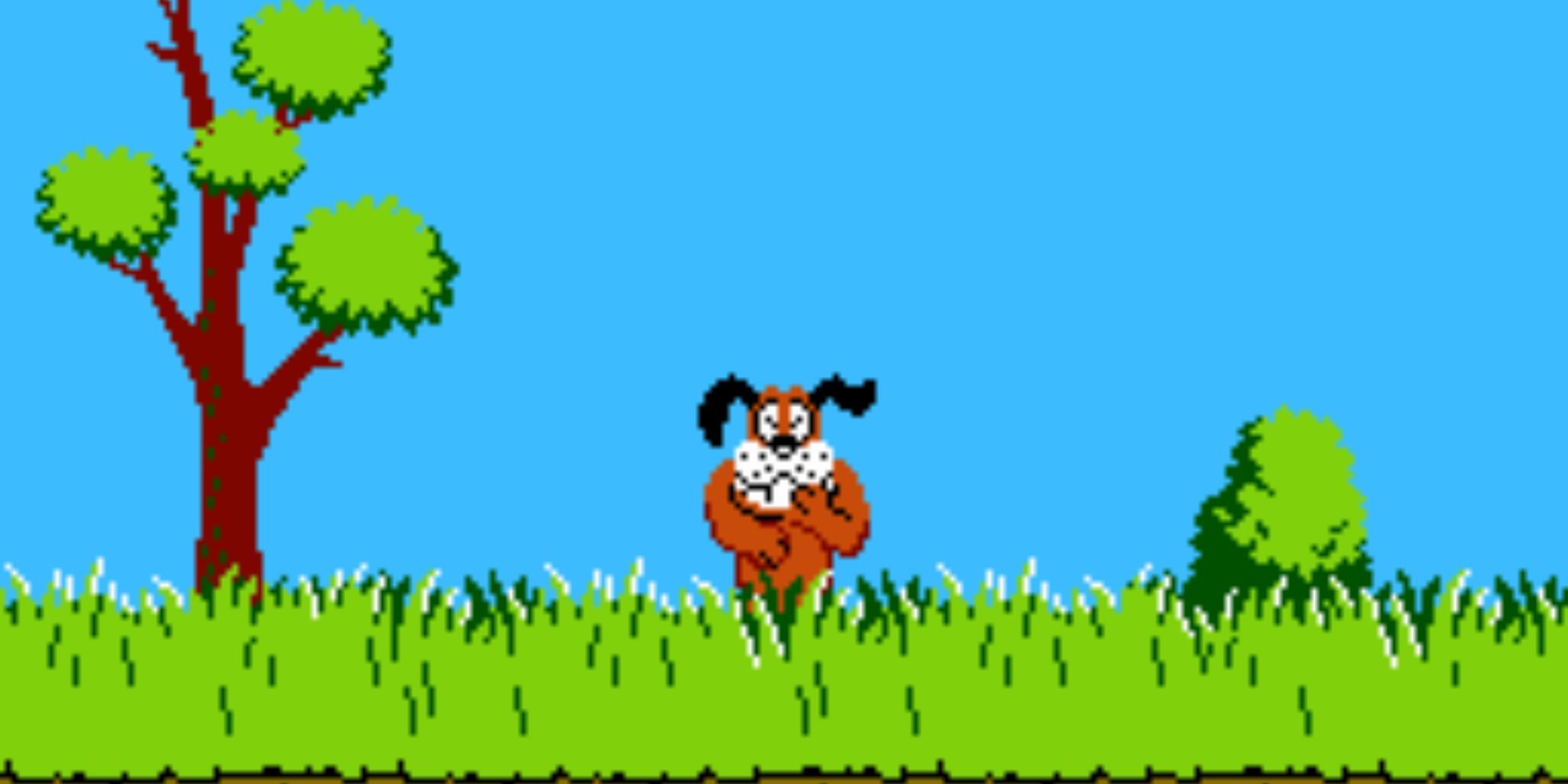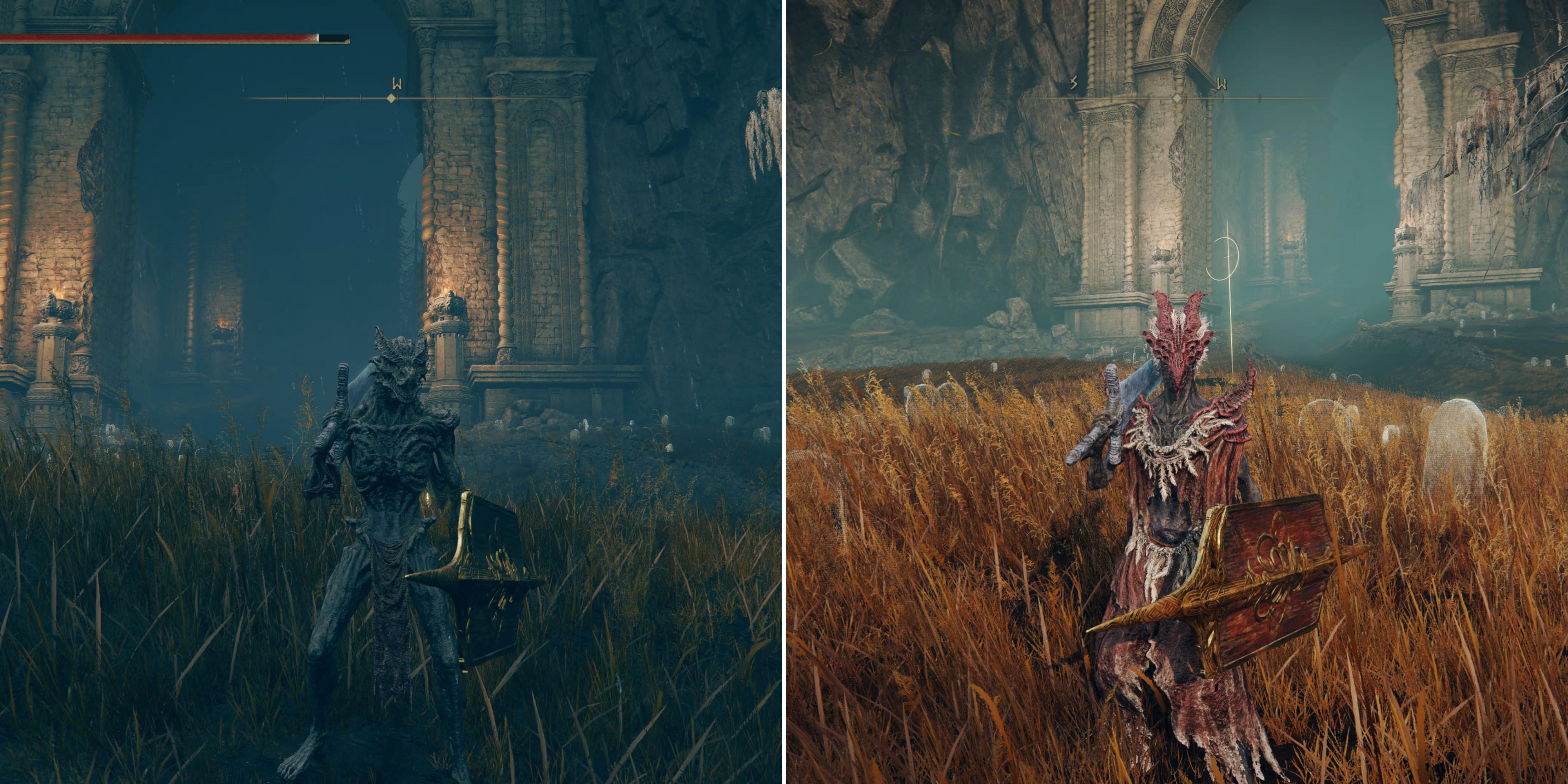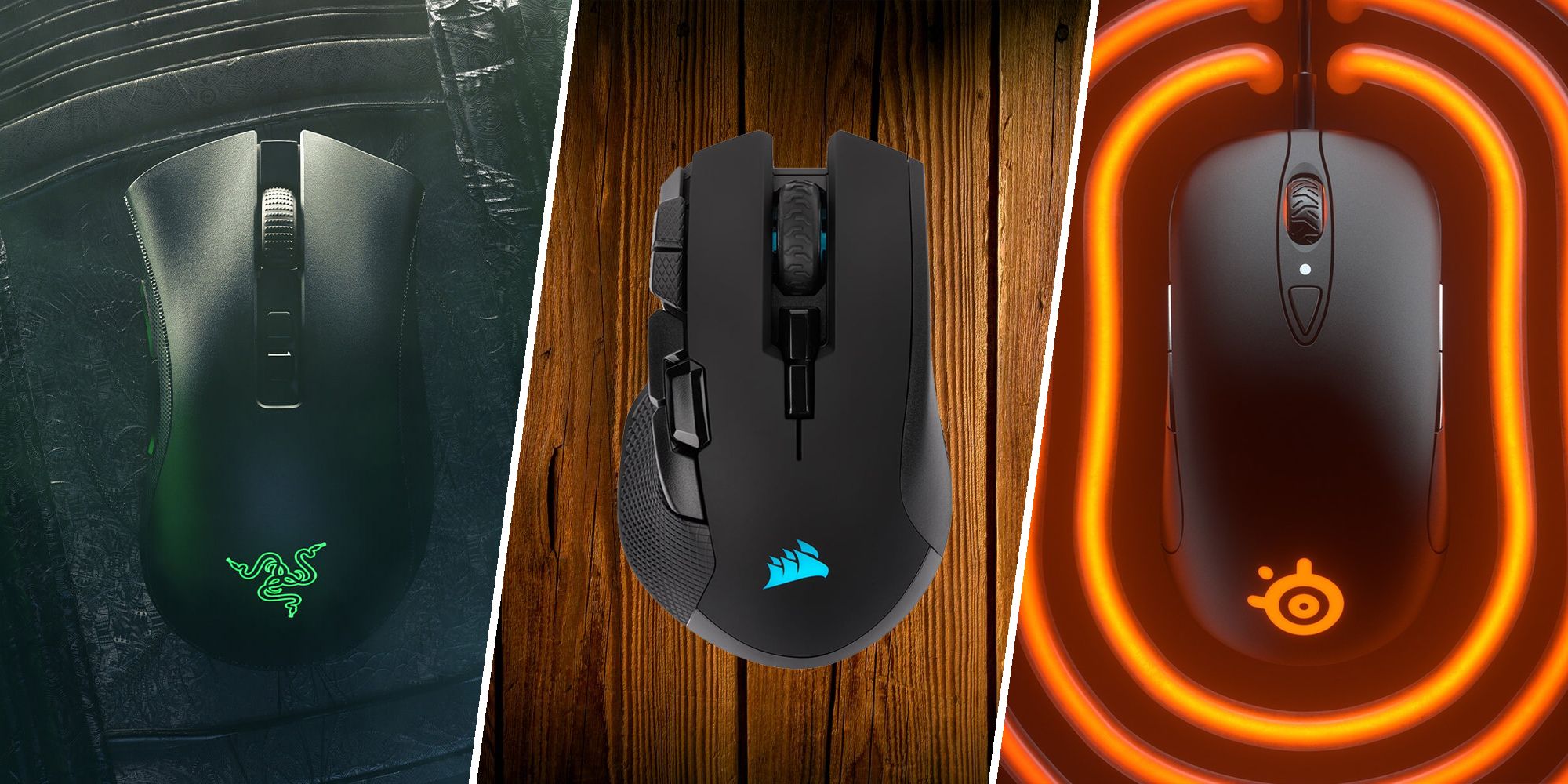It is an inevitable fact of gaming that at some point every game must end. This might be for a variety of reasons; sometimes the game ends naturally, other times the player just decides that a game is no longer worth their time, and still other times the player simply does not have the skill to advance beyond a certain point.

The 13 Best Video Game Start Screens of All Time, Ranked
Some of the most legendary titles in video game history also possess equally famous start screens that players are sure to remember.
However, there are some games that in theory should not end, yet no matter how skilled the player is it is impossible to go any farther. Usually, this is caused by programming oversights, glitches, or memory limitations, but whatever the cause these kill screens have earned a place in gaming infamy over the years.
Updated on February 3, 2024, by Jason Wojnar: Reaching a kill screen is a monumental feat. When a player reaches one in a notoriously difficult game or achieves a world record while doing it, the accomplishment makes headlines. With some recent news stories about skilled players breaking games by reaching too high a level, we thought it appropriate to revisit this list and add a game and some famous examples of players reaching the kill screen. Any players who feel like they should turn their gamer card in for not reaching a kill screen should remember that few gamers possess such skills. Don’t play the game to reach the kill screen; play the game to have fun. Of course, sometimes going for the kill screen is a fun process in and of itself.
6 Burger Time
- Release Date: 1982
- Developer: Data East
- Platforms: Arcade, PC, Coleco Vision, Intellivision, NES
Burger Time takes the kill screen in a radically different direction than the other games on this list. Once players reach the 28th level, the enemies start to move extremely fast. Any player who manages to best this new challenge now has to contend with the opposite.
The enemies start moving almost at an almost imperceptibly slow pace. It can take hours to beat just one level at this rate, making the game nearly unplayable. It is reminiscent of the puzzle in Braid where the cloud moves extremely slow and players just have to wait on it until it reaches the other side.
5 Pac-Man
Pac-Man
- Platform(s)
- Arcade , Nintendo Entertainment System , Commodore 64 , Game Boy , Game Boy Color , Game Boy Advance , Game Gear , PS4 , Xbox 360 , Xbox One , Android , iOS
- Released
- 1980-12-00
- Genre(s)
- Maze
The most famous kill screen on this list, the 256th screen in Namco’s seminal eating-based maze game has become the stuff of gaming legend. Upon reaching the 256th level of Pac-Man players are presented with a maze whose right half has been turned into a jumbled mess of numbers and letters. Though it is possible to collect some of the items on this screen, it is ultimately impossible to beat and advance any further.
This phenomenon is due to a programming oversight called integer overflow. In a nutshell, Pac-Man keeps track of what level the player is on using an unsigned 8-bit integer which can range from between 0 and 255. Upon attempting to advance the counter past 255 it cycles back around to 0. The game was never coded with this eventuality in mind and as a result, there ends up being only enough memory to render half of the maze.
The maximum score available in Pac-Man is 3,333,360 points and requires players to beat every level, collect every fruit, and eat all four ghosts every time in each stage.
4 Duck Hunt
- Release Date: October 18, 1985 (US)
- Developer: Nintendo R&D 1
- Platforms: NES, Arcades
A classic of the 8-Bit era, Duck Hunt was for many players their first introduction to light gun games. Players would often spend hours trying to get as far in the game as possible with each round getting progressively more difficult. What most players could never have imagined back in the 80s was the possibility of making it all the way to round 100, and neither did the programmers at Nintendo.
Duck Hunt’s level counter was only ever designed to contain two digits, as a result when players went beyond round 99 the counter would loop back around to level 0. What players then encountered was a glitched stage where ducks would randomly teleport around the screen or would simply fail to appear, resulting in automatic failure. This continues until the player gets a game over and is forced to reset. What makes this kill screen especially painful is the infamous Duck Hunt dog continually laughing at the player for things beyond their control.
3 Donkey Kong
Donkey Kong
- Released
- July 31, 1981
- Developer(s)
- Nintendo R&D1 , Ikegami Tsushinki
- Publisher(s)
- Nintendo
The original Donkey Kong is rightly remembered as one of the all-time greats from the golden age of arcades. To this day it still remains one of the most competitive high-score games of all time. This is because Donkey Kong has the rare trifecta of possessing an extremely high skill ceiling, having plenty of ways to earn points so that there is no way to perfectly optimize how the game is played, and it has an ending. This last point is especially important because without it then getting a high score would be just as much a test of endurance as of skill since a single play session could potentially last for days.
As one might expect from a game of that era the fact that Donkey Kong has an ending is not intentional but due to a bug. Once again the culprit is 8-bit integer overflow. The game calculates how much time the player has to complete a given stage by multiplying the level number by 10. This means that when players reach the 22nd level the game determines that the player should have 260 seconds to complete the stage. However, as stated earlier unsigned 8-bit variables can only go up to 255 at most before the counter rolls over to zero. This means that players are only given 4 seconds to complete the stage, far too little for even the most skilled players.
There was recently a big lawsuit between infamous professional gamer Billy Mitchell and the Twin Galaxies organization. The latter alleged that Mitchell’s score was achieved without the original hardware, thus rendering his score invalid.
2 Dig Dug
- Release Date: 1982
- Developer: Namco
- Platforms: Arcades, Atari 2600, PC, MSX, NES, Game Boy, Game Boy Advance, Mobile, Xbox 360 (Also found on various Namco compilations)
Though not quite as well known as the likes of Pac-Man or Frogger, Dig Dug was a staple of early 80s arcades that is still beloved to this day. The game had players digging tunnels and killing monsters by utilizing a bicycle pump to inflate enemies until they burst. An odd premise to be sure, but one that provided plenty of fun gameplay.
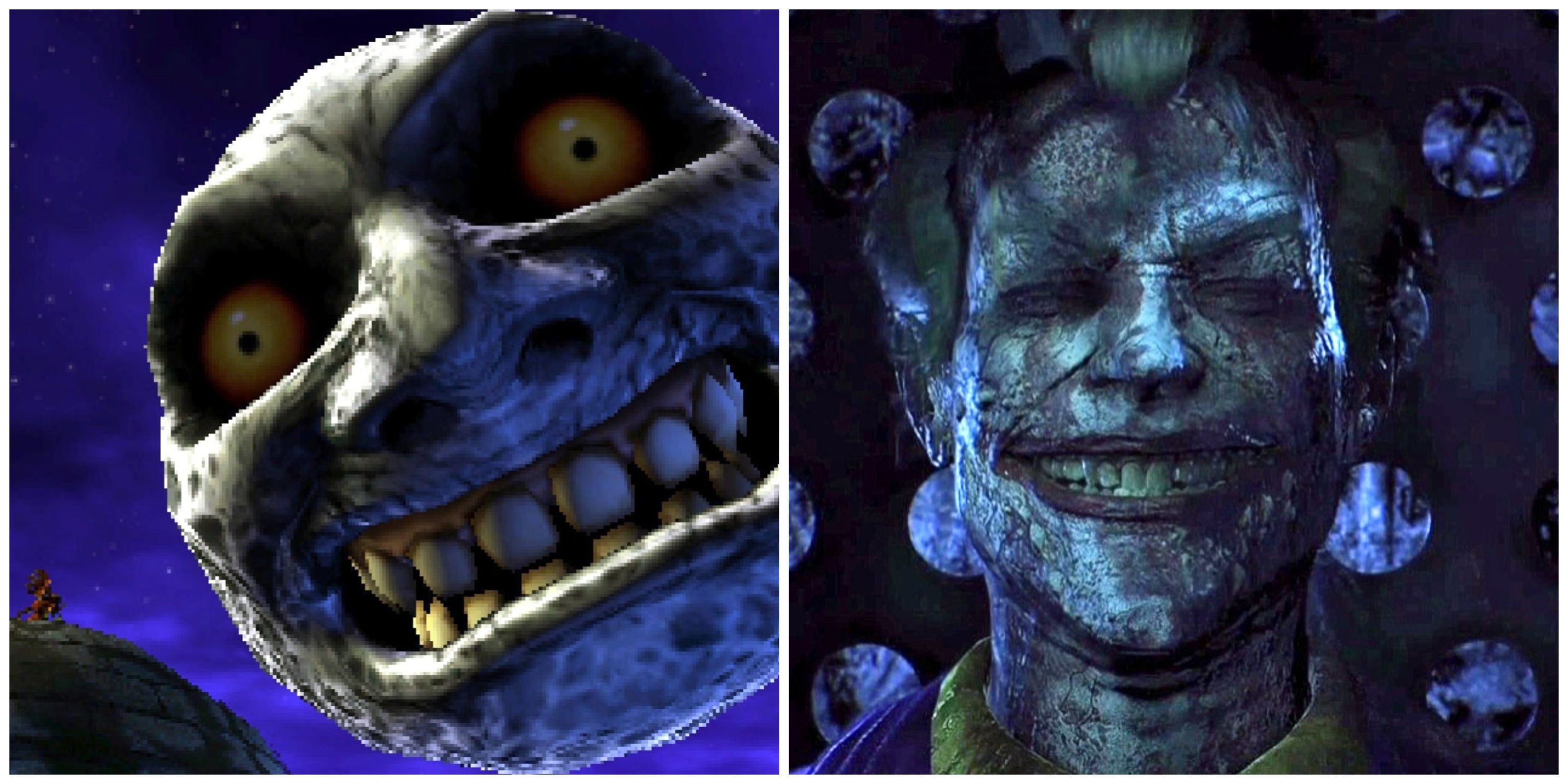
8 Darkest Game Over Screens
Getting a ‘Game Over’ screen can be annoying, but these screens take a dark turn when it comes to the fate of the failed character.
But like all good things it must eventually come to an end, Dig Dug is yet another victim of 8-bit integer overflow. When players reach level 256 the counter wraps around to 0. The game uses the level counter to determine how the stage should be laid out, but at round 0 the game does not know where to place objects and enemies. The result of this is that an enemy spawns directly on top of the player at the beginning of every round, causing instant death. This continues until the player runs out of lives and has a game over.
1 Tetris
Tetris
- Released
- June 6, 1984
- Genre(s)
- Puzzle
Tetris for NES is a unique case in that it features two kill screens. The first is encountered when the difficulty level increases to level 29. This is because at that point the blocks fall too quickly for players to move them to the far left or right of the screen. This makes it impossible to clear more lines and progress. Or at least that was the case until February 15, 2019, when Tetris player Joseph Saelee was able to advance past level 29 and keep going. This was achieved using a high-level technique called hyper tapping which allows for more controller inputs than would normally be possible. This marked the first time that this had been achieved in nearly 30 years since the game was released.
However, if a player can continue past this point there exists another kill screen that crashes the game after clearing about 1550 lines. This is due to the increasing complexity of the score calculations that take place. The game is coded in such a way that every line cleared increases the computational load that the game makes and slows the entire game down. Because the game is designed to run at 60 fps if each frame takes longer than 1/60th of a second to generate the game crashes resulting in either the game resetting or freezing.
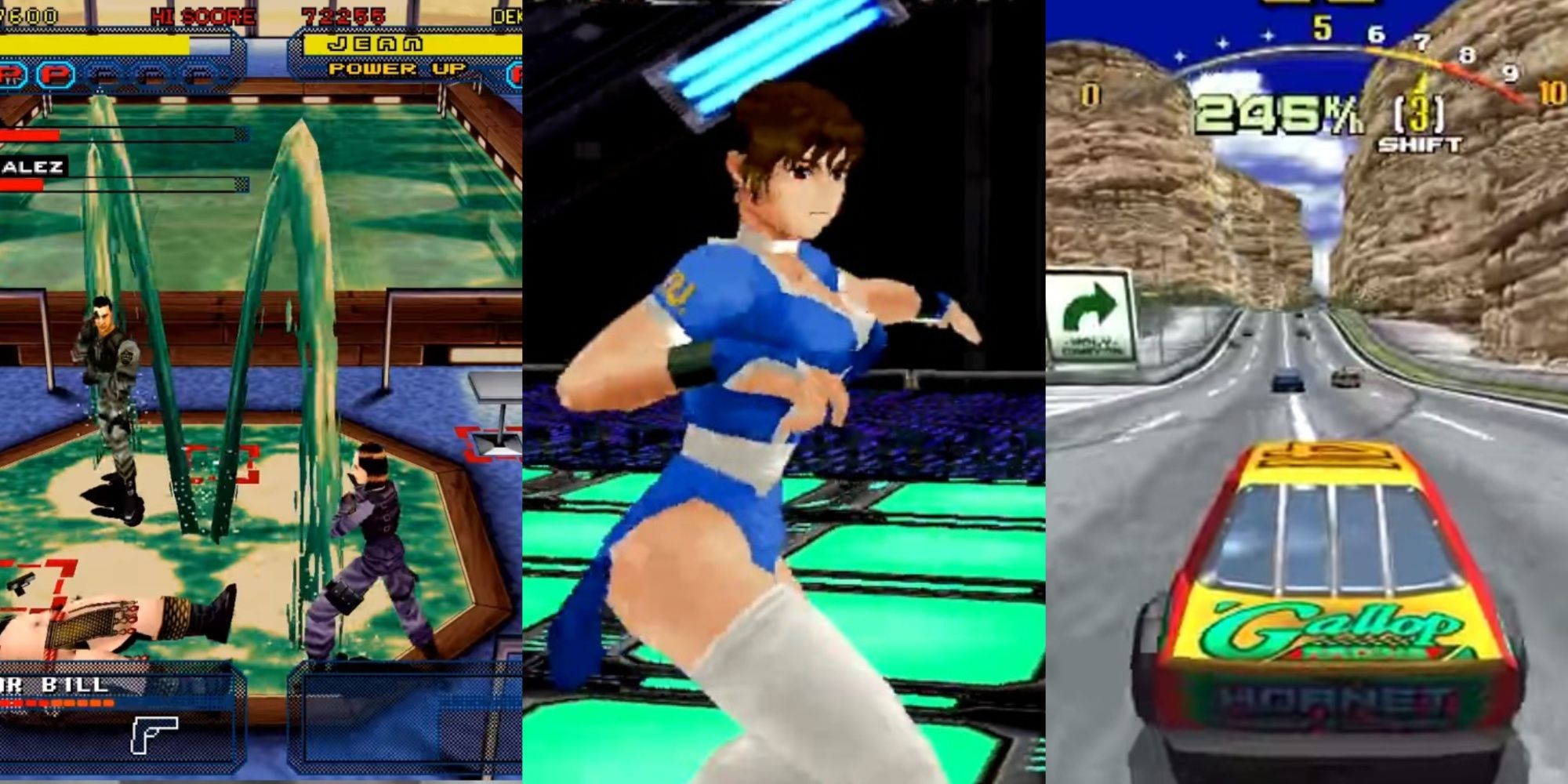
9 Best Sega Model 2 Arcade Games, Ranked
The Sega Model 2 board was home to some to the best work the publisher has ever done.





